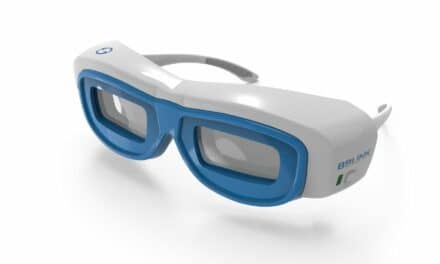Last month, I discussed the way you plan and run your practice might change in 2006. Once you establish your direction, you need to consider the tools you will need to fulfill your business model. As the Spotlight and Marketplace departments—not to mention the advertisements—in each month’s PSP reveal, there is no end to the products and services available to operate a plastic surgery practice.
Let’s start with the big stuff.
If you are contemplating bringing postbariatric surgery into your practice, you should take a look at the operating room in which you perform surgery—whether it’s in your own surgical center or in the hospital where you have privileges. Is the operating table, and the other equipment used to support or transport patients, large enough and strong enough to accommodate obese individuals? Postbariatric surgery often takes many hours to perform, and the patients are sometimes not in the best of health. Is there room for more personnel and monitoring equipment than would normally be present for a cosmetic procedure?
If your business model calls for adding nonsurgical services to your practice, your capital layout will increase substantially. You’ll need to buy or lease lasers or other energy-based devices, skin-resurfacing tools, spa equipment (and, of course, a space in which to build your spa), and any other big-ticket items you need to carry out your plan. You’ll probably need a consultant or two to help you sort out all the possibilities and provide financial advice on how to make these acquisitions.
The larger your practice grows, both physically and in terms of the number of procedures you perform, the more complex it will be to manage. In this day and age, you don’t hire more managers to do this—you buy and use practice-management software. Of course, with more software comes a greater requirement for servers, workstations, and other hardware. I’m hardly telling you anything you don’t already know, but it doesn’t hurt to have a gentle reminder every so often.
What about the “little” stuff? This can include the basic tools of the trade, such as the cutting, suctioning, suturing, and sealing equipment (to name but a few items), of which you already probably have plenty. These things generally don’t change radically from year to year, but you’ve got to keep an eye on what’s new.
The major change in small-ticket items constitutes products on which you can make money. It’s a rare practice these days that doesn’t carry an extensive line of cosmetics—skin enhancers and makeup—and nonprescription pharmaceuticals—herbal and other nontraditional medications included—to sell to patients and help improve the bottom line. PSP has published numerous articles that tell you how to benefit from these business enhancers, and will do so for as long as new things come onto the market.
It’s trite to say that you have to spend money to make money; on the other hand, that cliché applies to plastic surgery practices more than to most other segments of the medical industry. Are you and your bank account up to the challenge? I sure hope so. In today’s competitive world, you cannot stand pat and still expect to run a viable practice.



